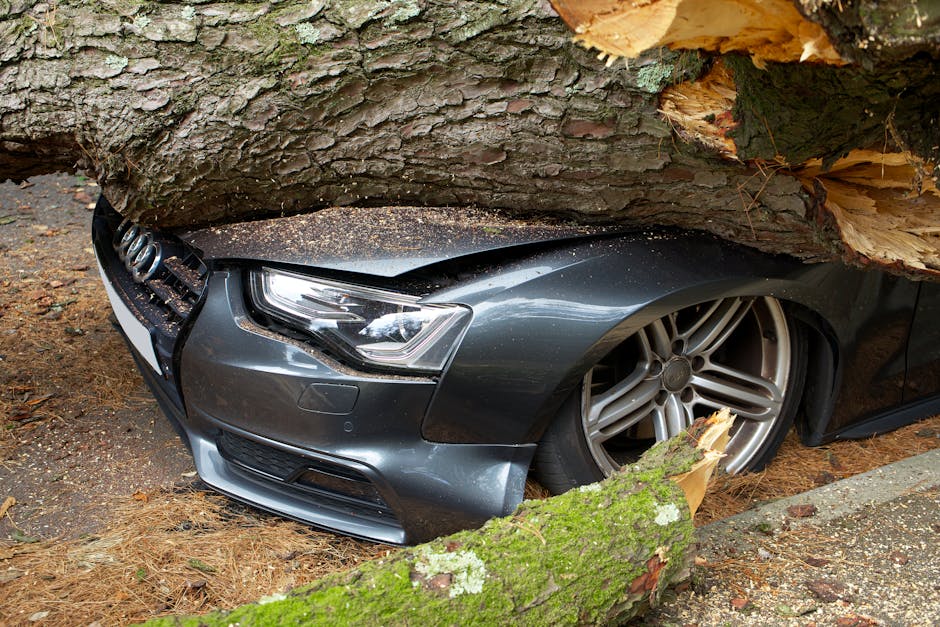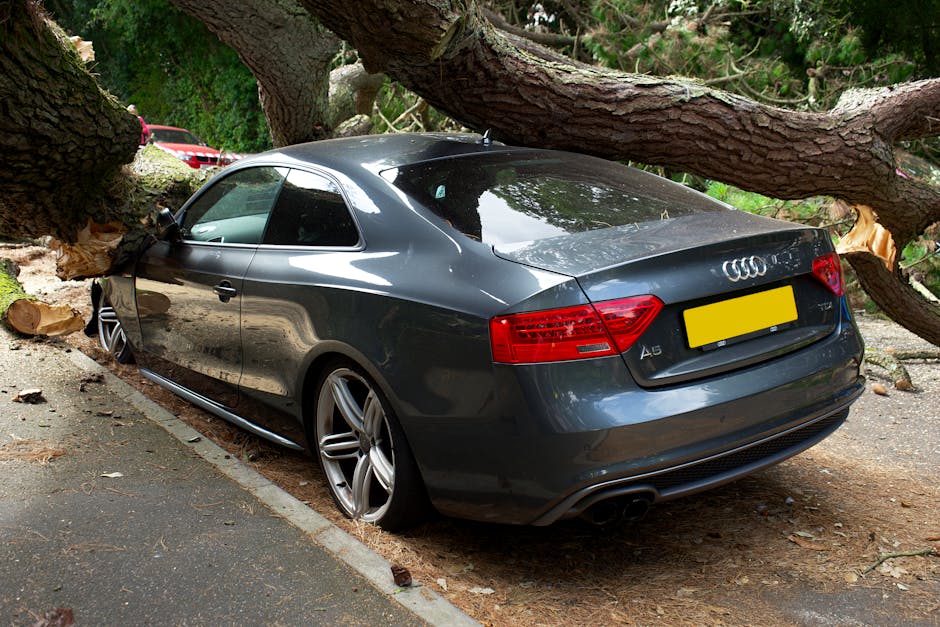Decoding Vehicle Type and Its Impact on Insurance Rates
When it comes to purchasing insurance for your vehicle, one of the key factors that determine your premium rates is the type of vehicle you drive. From sedans to SUVs, motorcycles to trucks, each vehicle type comes with its own set of considerations that can significantly impact the cost of your insurance. Understanding how the vehicle you choose affects your insurance rates is crucial for making informed decisions and managing your budget effectively. In this comprehensive guide, we delve into the intricacies of vehicle type and its impact on insurance rates, shedding light on the factors that insurers consider and how you can navigate this aspect of the insurance landscape.
The Influence of Vehicle Type on Insurance Rates

When you’re in the market for auto insurance, the type of vehicle you drive plays a pivotal role in determining the cost of your coverage. Whether you own a compact car or a luxury vehicle, insurance providers take into account various factors associated with your vehicle type to calculate your premium. Let’s explore some of the key elements that insurers consider when assessing how your vehicle type affects your insurance rates:
Vehicle Size and Safety

One of the primary considerations that insurers take into account when determining insurance rates based on vehicle type is the size of the vehicle. Larger vehicles, such as SUVs and trucks, are generally considered safer than smaller cars due to their weight and mass. In the event of a collision, larger vehicles are often better equipped to protect occupants and mitigate damage. As a result, insurance premiums for SUVs and trucks may be lower compared to compact cars or sports cars, which are perceived as higher risk due to their size and design.
Vehicle Make and Model

Another crucial factor that influences insurance rates is the make and model of your vehicle. Luxury cars and high-performance vehicles are typically more expensive to insure due to their higher repair and replacement costs. In addition, these vehicles may be more susceptible to theft or vandalism, further increasing the risk for insurance providers. On the other hand, economy cars and mid-range sedans are generally more affordable to insure, as they are perceived as lower risk and have lower associated costs.
Vehicle Age and Condition

The age and condition of your vehicle also play a significant role in determining insurance rates. Newer vehicles with advanced safety features and technology may qualify for lower premiums, as they are less likely to be involved in accidents or sustain significant damage. On the other hand, older vehicles with higher mileage and wear and tear may be more expensive to insure, as they are more prone to mechanical issues and breakdowns. Insurers take into account the overall condition of the vehicle and its maintenance history when calculating premiums based on age.
Vehicle Usage and Mileage
How you use your vehicle and the amount of mileage you clock can also impact your insurance rates. Vehicles that are used for commuting or business purposes are generally considered higher risk than those used for personal use only. Insurers take into account the frequency of use, the distance traveled, and the driving habits of the policyholder when assessing the likelihood of accidents or claims. By providing accurate information about your vehicle usage and mileage, you can ensure that you receive an appropriate premium that reflects your driving patterns.
Vehicle Modifications and Customizations
If you have made any modifications or customizations to your vehicle, such as installing aftermarket parts or accessories, it can affect your insurance rates. Insurers may consider these alterations when calculating premiums, as they can impact the overall value and safety of the vehicle. It’s important to disclose any modifications to your insurance provider to ensure that you are adequately covered in the event of a claim. Failure to disclose modifications can result in coverage issues and potential denial of claims, so transparency is key when it comes to customizing your vehicle.
Comparative Analysis: Vehicle Type vs. Insurance Rates
To illustrate the impact of vehicle type on insurance rates, let’s consider a comparative analysis of different vehicle categories and their associated premiums. We’ll compare the insurance rates for compact cars, SUVs, and luxury vehicles to see how the type of vehicle influences the cost of coverage.
Compact Cars
Compact cars are popular choices for many drivers due to their affordability and fuel efficiency. However, insurance rates for compact cars can vary depending on factors such as safety ratings, theft rates, and repair costs. On average, insurance premiums for compact cars are relatively moderate, making them a cost-effective option for budget-conscious drivers.
SUVs
SUVs are known for their spacious interiors and off-road capabilities, making them a versatile choice for families and outdoor enthusiasts. While SUVs are generally considered safer than smaller cars due to their size and weight, insurance rates for SUVs may be higher than compact cars due to their increased repair costs and theft rates. Insurers take into account the specific make and model of the SUV, as well as its safety features and crash test ratings, when calculating premiums.
Luxury Vehicles
Luxury vehicles are synonymous with style, performance, and advanced features, but they also come with higher insurance premiums. The cost of insuring a luxury vehicle can be significantly higher than that of a compact car or SUV, due to the increased repair and replacement costs associated with luxury components. In addition, luxury vehicles are often targeted by thieves, leading to higher theft rates and insurance premiums.
Common Misconceptions about Vehicle Type and Insurance Rates
Despite the clear correlation between vehicle type and insurance rates, there are several common misconceptions that persist among drivers. Let’s debunk some of the myths and misunderstandings surrounding this topic to provide clarity and insight into how insurance rates are calculated based on vehicle type.
Myth: Red Cars are More Expensive to Insure
One of the most enduring myths about vehicle insurance is the belief that red cars are more expensive to insure. While the color of your vehicle may affect its resale value or visibility on the road, it has no bearing on insurance rates. Insurers do not factor in the color of your car when calculating premiums, so you can rest assured that your red sports car won’t break the bank when it comes to insurance.
Myth: Older Cars are Always Cheaper to Insure
Another common misconception is that older cars are always cheaper to insure than newer models. While older vehicles may have lower overall values, they can also be more expensive to insure due to their higher maintenance costs and repair issues. Newer vehicles with advanced safety features and technology may qualify for discounts and lower premiums, making them a competitive choice for cost-conscious drivers.
FAQs: Understanding Vehicle Type and Insurance Rates
As you navigate the world of vehicle insurance, you may have questions about how vehicle type impacts your rates. Here are some frequently asked questions to provide clarity and guidance on this important topic:
1. How can I lower my insurance rates based on my vehicle type?
There are several strategies you can use to lower your insurance rates based on your vehicle type. These include choosing a vehicle with advanced safety features, maintaining a clean driving record, bundling your insurance policies, and comparing quotes from multiple providers. By taking proactive steps to mitigate risk and demonstrate responsible driving habits, you can potentially qualify for discounts and lower premiums.
2. Does the type of vehicle affect my ability to file a claim?
The type of vehicle you drive can impact your ability to file a claim in certain situations. For example, if you drive a high-performance sports car and get into an accident, your insurance provider may assess the risk associated with your vehicle type and adjust your coverage accordingly. It’s important to understand how your vehicle type influences the claims process and work with your insurer to ensure that you receive the coverage you need.
To Wrap Things Up
Vehicle type plays a critical role in determining insurance rates, with factors such as size, make, model, age, and usage all influencing the cost of coverage. By understanding how your vehicle type affects your premiums and taking steps to mitigate risk, you can make informed decisions about your insurance needs and budget effectively. Whether you drive a compact car, an SUV, or a luxury vehicle, being aware of the impact of vehicle type on insurance rates is key to securing the right coverage for your needs.




